#charles willson peale
Text

Charles Willson Peale - Staircase Group (Portrait of Raphaelle Peale and Titian Ramsay Peale I), 1795
382 notes
·
View notes
Note
A quick question, which you may have covered already! (Ah, Tumblr search...)
Which portrait of young Lafayette is considered to be the most accurate? There are quite a few, and while some of his features remain fairly consistent, there's certainly variety too (and, of course, artists loved to flatter their rich and important subjects).
Thanks! 💕
My dear @my-deer-friend,
A quick question and a very slow response. I am so sorry but as they say: Was lange währt, wird endlich gut …
Since I am not quite sure what specific age spectrum you had in mind, I am going to give a broad response.
There are three portraits of La Fayette in his early youth (pre-teen to early teenage years), although one of them I have only seen referenced in writing. There are not many descriptions of La Fayette during this time of his life, but still these portraits can be considered quite accurate, based on what we do know.
I know of three or so portraits of La Fayette in his mid to late teen years – there are even less physical descriptions of La Fayette from that time. One of these portraits is part of set of portraits, made of La Fayette and Adrienne shortly before their wedding. If you were to ask me, that portrait is indeed too flattering.
Once La Fayette came to America, we have two paintings of him (or featuring him) by Charles Willson Peale and I would consider them the most accurate depictions we have of him in his younger years. Do I find them artistically pleasing and generally well done? Honestly, no, but they tick many important boxes.

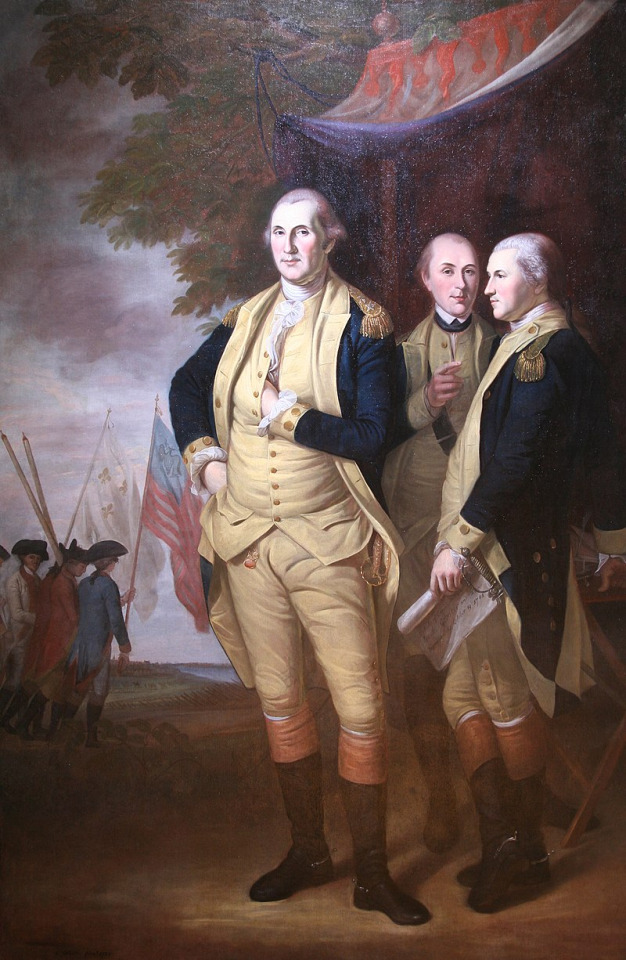
Then there is also this print.

This print has many variations (different angles, standing, sitting, looking to the side, looking at the viewer) and that alone makes assessment difficult. But these types of prints are closely linked to each other and to the bust by Houdon. Houdon was not only extremely skilled, he also took a life mask from La Fayette, therefor having a perfect cast of his features. The paintings by Peale show more detail and is easier to pin to a specific date/age but I would nevertheless consider these prints (with all the restrictions and problems listed above) to be faithful representations.
I hope this helps and was not too late and I hope you had a wonderful day!
#ask me anything#my-deer-friend#marquis de lafayette#la fayette#french history#american history#american revolution#history#art#charles willson peale#houdon
61 notes
·
View notes
Text

Charles Waterton
by Charles Willson Peale
oil on canvas, 1824
NPG, London
32 notes
·
View notes
Photo

1790 Charles Willson Peale - Rachel Leeds Kerr
(Dallas Museum of Art)
217 notes
·
View notes
Text

Charles Willson Peale: A señora Peale chorando a morte da filla
6 notes
·
View notes
Text

Charles Willson Peale, Exhumation of the Mastodon, ca. 1806-1808, oil/canvas (Maryland Historical Society, Baltimore)
For the story behind the painting:
8 notes
·
View notes
Text
Who is the worst founding father?
Round 2: John Jay vs Charles Willson Peale

John Jay (December 12, 1745 – May 17, 1829) was an American statesman, patriot, diplomat, abolitionist, signatory of the Treaty of Paris, and a Founding Father of the United States. He served as the second governor of New York and the first chief justice of the United States. He directed U.S. foreign policy for much of the 1780s and was an important leader of the Federalist Party after the ratification of the United States Constitution in 1788.
Jay served as the governor of New York from 1795 to 1801. Although he successfully passed gradual emancipation legislation as governor of the state, he owned five slaves as late as 1800. In the waning days of President John Adams' administration, Jay was confirmed by the Senate for another term as chief justice, but he declined the position and retired to his farm in Westchester County, New York.
John Jay himself purchased, owned, rented out and manumitted at least 17 slaves during his lifetime. He is not known to have owned or invested in any slave ships. In 1783, one of Jay's slaves, a woman named Abigail, attempted to escape in Paris, but was found, imprisoned, and died soon after the illness. Jay was irritated by her escape attempt, suggesting that she be left in prison for some time. To his biographer Walter Stahr, this reaction indicates that "however much [Jay] disliked slavery in the abstract, he could not understand why one of his slaves would run away."
Charles Willson Peale (April 15, 1741 – February 22, 1827) was an American painter, American patriot, scientist, inventor, politician, and naturalist.
In 1775, inspired by the American Revolution, Peale moved from his native Maryland to Philadelphia, where he set up a painting studio and joined Sons of Liberty, the Pennsylvania militia, and ultimately the Continental Army under the command of General George Washington, where he participated in active combat against the British Army during the American Revolutionary War.
Despite his support of antislavery legislation and expressed distaste for human bondage, Peale was a slave owner for many years. Though Peale had freed Lucy and Scarborough [an enslaved couple he owned], their son Moses remained an enslaved apprentice until his manumission at the turn of the nineteenth century, at twenty-seven years old.
#founding father bracket#worst founding father#founding fathers#amrev#brackets#polls#john jay#charles willson peale
4 notes
·
View notes
Photo

Charles Willson Peale , The Artist in His Museum
“Throughout his long life, Charles Willson Peale continually strove to improve the civic and artistic life both of his adopted city and the young republic. Besides founding two art academies - including the Pennsylvania Academy - and the nation's first museum, he was the patriarch of an artistic dynasty that carried out his ideals.” PAFA
5 notes
·
View notes
Photo




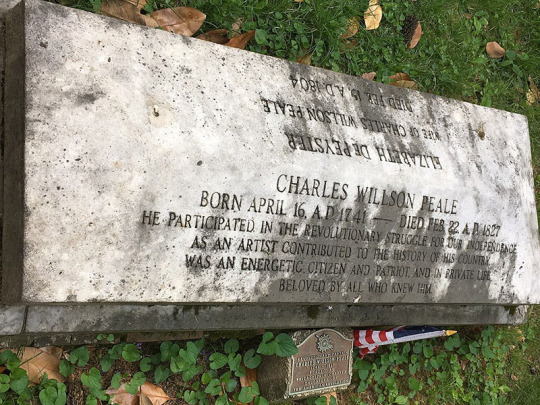
Charles Willson Peale – Scientist of the Day
Charles Willson Peale was an early American portrait painter, founder of the first natural history museum in the country, and the man who unearthed and mounted the first mastodon skeleton in the world, which he exhibited in his museum.
read more...
#Charles Willson Peale#museums#portrait painter#natural history#histsci#histSTM#18th century#19th century#history of science#Ashworth#Scientist of the Day
13 notes
·
View notes
Text
Charles Willson Peale and the Prototypical Dime Museum
We have a duel objective in giving the Travalanche treatment to Charles Willson Peale (1741-1827) and his distinguished family this morning. The first is that the Peales figured in the American Revolution, the 250th anniversary of which we will be celebrating over the next couple of years. The second, closer to the usual themes of this blog, is that they played a role in the development of the…

View On WordPress
#American#Charles Willson Peale#museum#painter#Peale&039;s#Philadelphia#Rembrandt Peale#Rubens Peale
0 notes
Text
O ARTISTA EM SEU MUSEU, DE CHARLES WILLSON PEALE
O ARTISTA EM SEU MUSEU, DE CHARLES WILLSON PEALE
O Artista em seu Museu (en:The Artist in His Museum) é um autorretrato de 1822 feito pelo artista americano Charles Willson Peale (1741–1827). Por volta do fim de sua carreira, começando em 1822, ele pintou sete auto-retratos que juntos formaram o tema final de sua arte e o brilho final de seu talento. O Artista em seu Museu é uma pintura a óleo em larga escala pintada em dois meses, e é a mais…
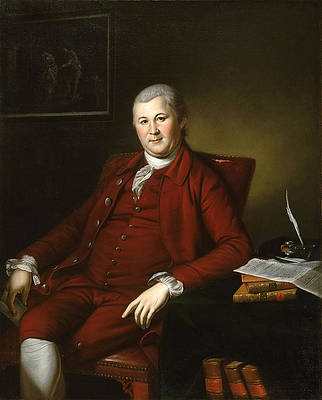
View On WordPress
#artes#Charles Peale#Charles Willson Peale#Charles Willson Peale (artista visual)#Charles Wilson Peale#família peale#чарльз уилсон пил (1741-1827) (peale charles willson)#oficial de charlie wilson#quadros#Raphael Peale#Rembrandt Peale#willson
0 notes
Text

"At the end of the eighteenth century, itinerant portraits being in vogue, we find all kinds of daubs, and all grades of depicted ugliness in the canvases that have been preserved. Those of Peale are often decidedly unflattering, for he does not seem to have known how to paint the eyes of his subjects, and he has made sad work with Hamilton. ...


The sculptor's chisel has also been busy, but with little result in the way of serious artistic production, if we may except the Ceracci bust, the Ball statue which was destroyed by fire, and the excellent modem work of Ordway Partridge, one of whose striking statues stands in front of a Hamilton Qub in Brooklyn, and the other at the entrance of Hamilton Hall, a building of Columbia University. Ceracci's bust, which is very strong in its classical character, suggests a head of one of the Caesars...."
Source: The Life of Alexander Hamilton by Allan McLane Hamilton
1 note
·
View note
Text
La Fayette's eye colour
A while ago I stumbled over this post where different passages from secondary sources were compiled in order to determine La Fayette’s physical appearance. These different books quote him as having blue, brown or green eyes of varying shades. Since three different eye colours is a bit much for one person and since I rather confidentially answered a question about La Fayette’s eye colour in the past, I thought it worthwhile to revisit the topic.
I had based my original answer on the existing portraits painted of La Fayette. In portraits taken from life (or portraits that were direct copies of portraits taken from life) we see him with distinctively brown eyes.



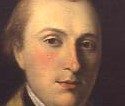


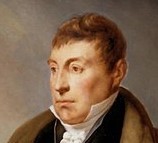



I hope we all can see why I thought brown eyes were the forgone answer to the question. But it appears that I was wrong. This time I also turned to the memoirs of Jules Germain Cloquet, La Fayette’s close friend and family physician. He wrote:
His head was large; his face oval and regular; his forehead lofty and open; his eyes, which were full of goodness and meaning, were large and prominent, of a greyish blue, and surmounted with light and well-arched, but not bushy eyebrows.
Jules Germain Cloquet, Recollections of the Private Life of General Lafayette, Baldwin and Cradock, London, 1835, p. 8.
We see that Cloquet was certain that La Fayette’s eyes were not brown but blue. But there is more. Here is the excerpt of a passport given to La Fayette on April 20, 1822:

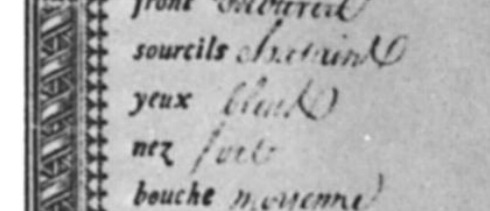
Daniels, M. F. (1972). The Lafayette Collection at Cornell. The Quarterly Journal of the Library of Congress, 29(2), 95–137. http://www.jstor.org/stable/29781504 (05/02/2023).
I think there is rather little evidence to back the claim that La Fayette had green eyes. While I feel more inclined to believe the written sources, I am also confused as to why so many artists, over the span of roughly fifty years, painted La Fayette with brown eyes. I do know that the lighting and the angle can have a huge impact at the colour you perceive … but still?
Unknown title [La Fayette as a teenager], by unknown artist, 1773 or earlier
Unknown title [Portrait of La Fayette on the occasion of his wedding], by unknown artist, 1773/1774
Gilbert du Motier de La Fayette, en uniforme de l'armée continentale by Charles Wilson Peale, 1779
Marie Joseph Paul Yves Roch Gilbert Motier, Marquis De Lafayette by Charles Wilson Peale, 1779/1780
Washington, Lafayette & Tilghman at Yorktown by Charles Wilson Peale, 1784
Marquis de Lafayette by Ary Scheffer, 1822
Portrait of Lafayette by Ary Scheffer, 1823
Marquis de Lafayette by Samuel Finley Breese Morse, 1825
Portrait of Marquis de Lafayette by Samuel Finley Breese Morse, 1826
Portrait of Lafayette as an old man by Louise-Adéone Drölling, 1830
#marquis de lafayette#la fayette#correction#art#charles willson peale#samuel finley breese morse#french history#american history#american revolution#tour of 1824 1825#jules germain cloquet#eye colour
47 notes
·
View notes
Text




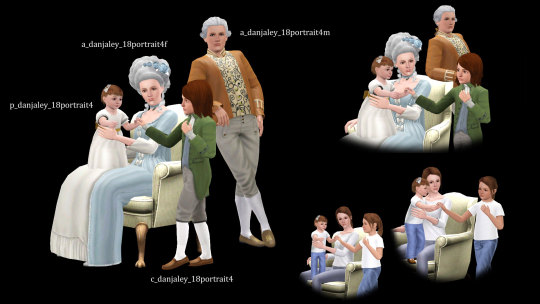
Posepack: 18th Century Portrait
Family portrait poses; some may even be useful for everyday situations. I numbered them by source-painting, but there are actually a lot of possibilities to combine and arrange them.
The armchair is the one I happen to have in Blender. In some cases (like pose 2) a slimmer model may work even better.
The child in pose 3 is holding a twig or riding crop originally. I left this open to photoshop or use with buymode-objects.
The standing poses 4a and 4b come with lots of variations. The pair can either be toddler-child or child-teen/adult, or even all three in a row. There are also alternative arm-poses for the girl standing in the back. I made the clutching at dress pose for the child with this dress. The Princess-dress from Generations or Windermeresimblr's edit have the same frills.
In pose 5 the child is slightly stretched.
Download: SimFileshare | Dropbox
Portrait1
Francis Hayman: Jonathan Tyers and his family. 1740 National Portrait Gallery UK
Portrait 2
[only found this as part of an essay with restricted access...]
https://onlinelibrary.wiley.com/cms/asset/0ce22c45-eae8-4bb2-acda-fc7429ba4cb2/ahis12247-fig-0015-m.jpg
Portrait 3
William Hoare R.A.:The Pitt Family. exhibited in 1761. At artfund-org.
Portrait 4
Thomas Gainsborough: The Baillie Family. c. 1784. The Tate.
Portrait5
Charles Willson Peale: Robert Goldsborough & Family 1789. Image here.
134 notes
·
View notes
Text
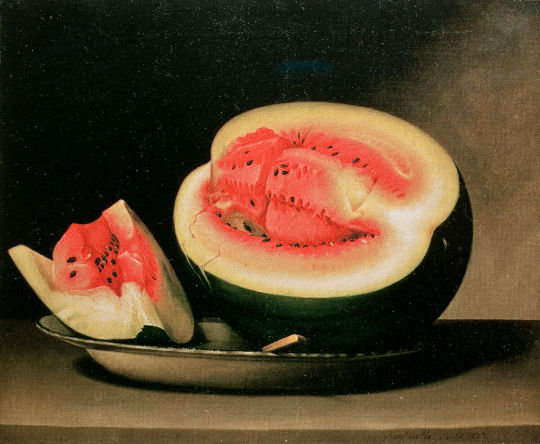
In honor of National Watermelon Day!
Interesting facts about the artist who painted this still life painting. Raphaelle Peale (1774 – 1825) was an American painter who had siblings named after prominent artists and scientists. Their names include Rembrandt, Rubens, Titian, Angelica Kauffmann, Linnaeus, and Franklin. Their father was an artist, Charles Willson Peale.
Raphaelle Peale is considered the first professional American painter of still life.
Still life with watermelon
Peale, Raphaelle, 1774-1825, American [artist]
Oil on canvas
1822
Repository: Museum of Fine Arts, Springfield, Massachusetts, United States
HOLLIS number: olvwork430753
This image is part of FAL’s Digital Images and Slides Collection (DISC), a collection of images digitized from secondary sources for use in teaching and learning. FAL does not own the original artworks represented in this collection, but you can find more information at HOLLIS Images.
#NationalWatermelonDay#StillLife#Painting#Watermelon#StillLifePainting#RaphaellePeale#HarvardFineArtsLibrary#FineArtsLibrary#Harvard#HarvardLibrary#DigitalImages
120 notes
·
View notes
Text
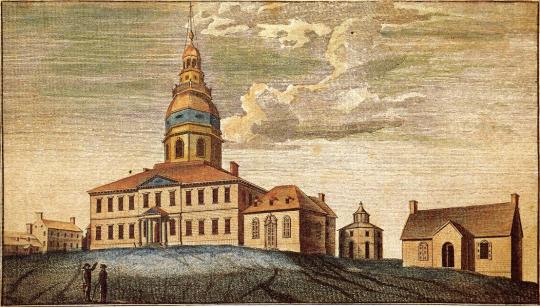
A Front View of Statehouse at Annapolis painted by Charles Willson Peale (1741 - 1827)
27 notes
·
View notes